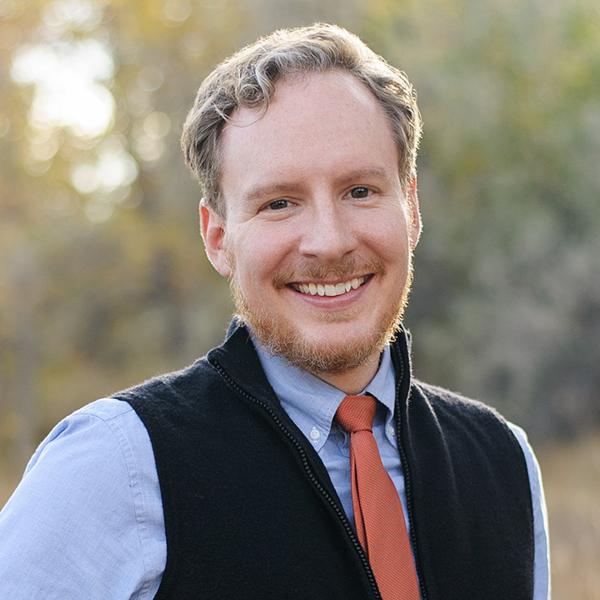Ten Years of Connecting the Dots
Next week I celebrate 10 years at the Colorado Health Institute, and in the timeless lyrics of the Pointer Sisters, I’m so excited.
I’m excited that this milestone corresponds with the release of the Colorado Access to Care Index. I’m excited that the index will frame conversations around whether Coloradans get the care they need. And I’m most excited for the potential it has for Colorado communities.
The Colorado Access to Care Index is the culmination of a year’s work and a partnership with the Colorado Coalition for the Medically Underserved. At its core, the index represents a synthesis of the latest data on access to care. The vision is that this new tool will allow Colorado communities to make sense of the complex factors that shape access to care. We anticipate that it will be used to inform decisions about state and community responses to challenges surrounding access to care.
Beyond the data, however, the index represents something greater. It acknowledges a change in dialogue.
I’ll explain. One of my proudest accomplishments over the past decade has been to shed light on the issue of Colorado’s uninsured: Their numbers, their characteristics, the consequences of lacking insurance, their eligibility for existing programs.
And even though coverage increases the likelihood that you’ll get the care you need, it’s not a guarantee. With more Coloradans now covered, the focus is shifting (necessarily) to access.
The Colorado Health Institute and our partners are leading the charge. My dream is that we can put as much energy and creative thinking into analyzing access as we have put into analyzing uninsured rates. And not just the data, but what the data mean.
The Colorado Access to Care Index is a place to start. It’s not going to answer every question that we have about access to care, but that’s sort of the point. It’s a tool for informing dialogue, forming ideas and digging deeper.
Nor does access to care represent the ultimate end point. Access to care is one point in a complex connect-the-dots picture of health. Many are undertaking the important work of addressing health care costs and health literacy. Others have shed light on the non-clinical determinants of health: behavior, genetics, environment and socioeconomic factors.
And we all are working toward the ultimate goal of improving health.
I’m optimistic we’ll get there. So optimistic, in fact, that I just can’t hide it.

